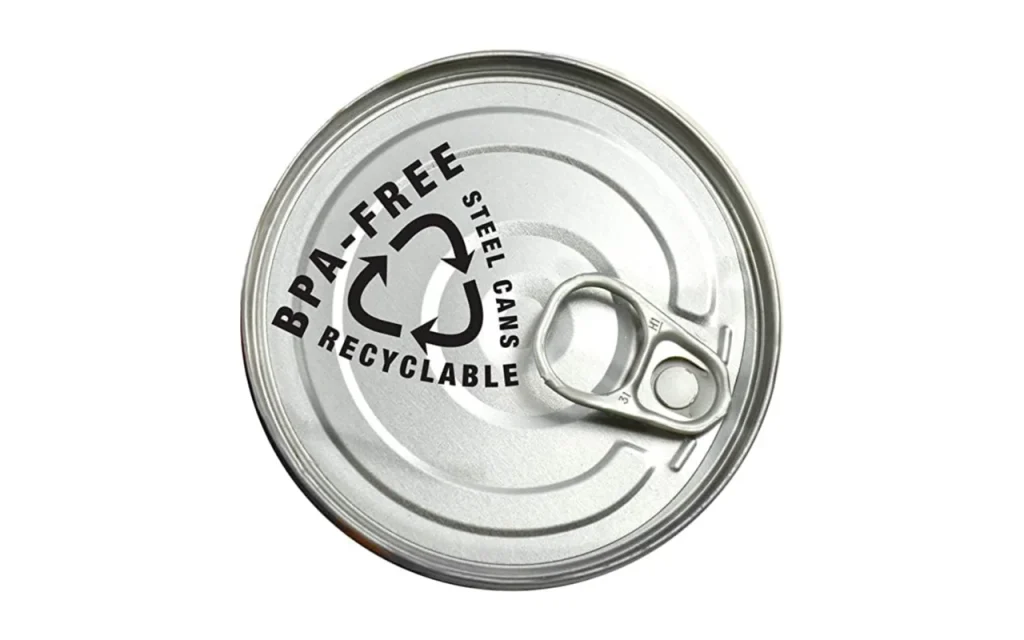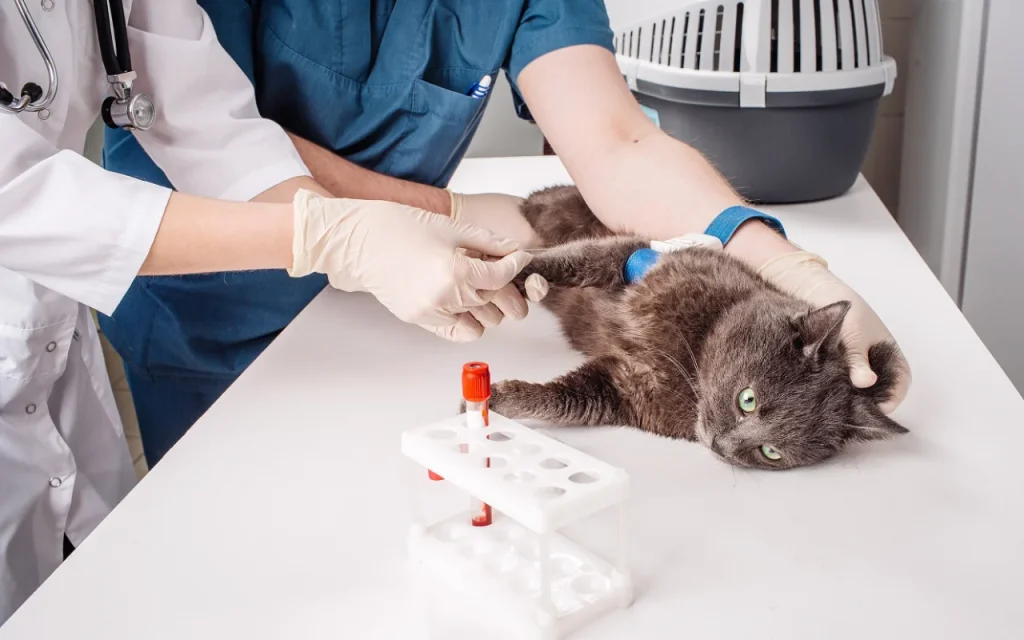As our feline friends age, they become more susceptible to certain health conditions, and hyperthyroidism is a big one that we veterinarians see frequently. If you’ve had an older cat or know someone who has, you’ve likely heard of it. It’s essentially an overactive thyroid gland, and while it’s manageable, it can cause a cascade of issues if left untreated – from weight loss despite a ravenous appetite, to heart problems and high blood pressure.
The question I often get from concerned cat parents is, “Doc, is there anything I can actually do to prevent my cat from getting this?” And while there’s no foolproof, 100% guaranteed way to prevent hyperthyroidism – genetics and just plain aging can play a role we can’t always control – there are definitely proactive steps, supported by veterinary research and understanding, that can help reduce the risk or at least contribute to your cat’s overall well-being, potentially mitigating some contributing factors.
Think of this as us having a chat about setting your cat up for the healthiest possible senior years. Here are five vet-recommended ways we can aim to reduce that risk:
1. Be Mindful of Iodine Levels in Their Diet (But Don’t Go Extreme!)

The Lowdown: Iodine is a mineral that’s absolutely essential for the thyroid gland to produce thyroid hormones. Not enough iodine can cause problems, but an excessive or highly variable amount over a long period is also thought to be a potential risk factor in the development of hyperthyroidism in some cats. The thyroid gland can become overstimulated or develop benign tumors (adenomas) that then overproduce hormones.
- What Vets Think: “For years, we’ve been looking at the link between dietary iodine and feline hyperthyroidism,” explains Dr. Sarah Gibbons, a veterinarian with a special interest in feline endocrinology. “The current thinking isn’t that iodine is ‘bad’ – it’s vital. Rather, it’s about consistency and avoiding long-term exposure to wildly fluctuating or excessively high levels, which may contribute to changes in the thyroid gland over time.” Some studies have pointed to certain types of cat food, particularly some fish-flavored canned foods that can have variable iodine content, as potentially being associated with higher risk, though this is still an area of active research.
- What You Can Do:
- Choose Reputable Cat Foods: Opt for well-known, established cat food brands that conduct rigorous quality control and AAFCO (Association of American Feed Control Officials) feeding trials. These companies are more likely to have consistent nutrient profiles, including iodine.
- Variety, in Moderation: While some variety can be good for preventing finickiness, constantly switching between foods with vastly different iodine profiles (especially from very low to very high) might not be ideal in the long run. If you like to offer variety, try to stick within a range of similar quality foods.
- Talk to Your Vet About Diet: If you have concerns, especially if your cat has other health issues, discuss their diet with your veterinarian. They can help you choose appropriate foods.
- Avoid “All-Fish” Diets Long-Term: While a fishy treat is fine, a diet exclusively made up of fish-flavored foods, particularly certain types known for high and variable iodine (like some tuna or seafood medley types), might be something to moderate, especially as your cat ages.
The Key Takeaway: Aim for balance and consistency in a good quality commercial diet. Don’t try to supplement iodine or restrict it heavily without veterinary guidance – that could cause other serious problems.
2. Minimize Exposure to Endocrine-Disrupting Chemicals (EDCs)

The Lowdown: This is a growing area of concern in both human and animal health. Endocrine-disrupting chemicals are substances in the environment that can interfere with the normal function of hormones, including thyroid hormones. Cats can be exposed to these through various routes – their food, water, the air they breathe, and items they come into contact with.
- Key EDCs of Concern for Cats:
- Bisphenol A (BPA): Often found in the lining of food cans and some plastic food/water bowls. Studies have suggested a link between BPA exposure and an increased risk of hyperthyroidism in cats.
- Polybrominated Diphenyl Ethers (PBDEs): These are flame retardants commonly found in furniture foam, carpets, and electronics. House dust is a major route of exposure for cats, as they groom themselves and ingest the dust. Higher levels of PBDEs have been found in hyperthyroid cats.
- What You Can Do:
- Can Linings: If possible, look for cat food brands that use BPA-free cans. This information is sometimes on the label or company website. If not, rinsing canned food before serving may help reduce BPA transfer, though this isn’t definitively proven to eliminate the risk.
- Food and Water Bowls: Opt for stainless steel, glass, or ceramic bowls instead of plastic ones, especially if the plastic is old or scratched.
- Reduce Household Dust: Regular vacuuming (with a HEPA filter if possible) and damp dusting can help lower the levels of PBDEs in your home environment.
- Good Ventilation: Ensure good airflow in your home to reduce the concentration of airborne chemicals.
- Choose “Greener” Products: When buying new furniture or carpets, if feasible, look for options made without flame retardants.
“While it’s impossible to eliminate all EDC exposure,” Dr. Gibbons advises, “making thoughtful choices about food containers, home furnishings, and cleaning routines can certainly help reduce your cat’s overall chemical burden.”
3. Provide Filtered Water
The Lowdown: Tap water can contain various minerals and chemicals, including disinfectants like chlorine or chloramine, and sometimes trace amounts of other contaminants depending on your location and water source. While municipal water is treated to be safe for human consumption, the long-term effects of some of these trace elements on feline thyroid health are not fully understood.
- Why It Might Help: Filtering water can reduce levels of chlorine, certain heavy metals, and other potential contaminants. Some theories suggest that chronic exposure to certain substances in tap water could contribute to thyroid dysfunction over many years, though direct proof for hyperthyroidism is still being researched.
- What You Can Do:
- Use a Water Filter: This can be a simple carbon filter pitcher, a faucet-mounted filter, or a more comprehensive filtration system.
- Encourage Hydration: Ensuring your cat drinks plenty of fresh, clean water is always good for their overall kidney and urinary tract health, which indirectly supports overall well-being. Many cats prefer filtered water or moving water from a pet fountain (which often includes a filter).
This is a relatively easy step that has broader health benefits for your cat beyond just potential thyroid risk reduction.
4. Maintain a Healthy Weight and Active Lifestyle
The Lowdown: While obesity itself isn’t a direct cause of hyperthyroidism, maintaining an ideal body condition and an active lifestyle supports overall metabolic health and can reduce the risk of other diseases that might complicate thyroid issues or overall health in senior years.
- How It Connects: A healthy body is generally a more resilient body. Chronic inflammation associated with obesity can have widespread effects. While the link isn’t direct for hyperthyroidism prevention, good overall health supports all organ systems, including the endocrine system.
- What You Can Do:
- Portion Control: Feed precise amounts of high-quality food appropriate for your cat’s age, activity level, and body condition. Avoid free-feeding, especially with dry food, if your cat tends to overeat.
- Regular Playtime: Engage your cat in daily interactive play sessions to keep them physically active and mentally stimulated. This helps burn calories, build muscle, and reduce stress.
- Monitor Their Weight: Regularly check your cat’s body condition score (your vet can show you how) and weigh them periodically. Address any unexplained weight gain or loss with your vet.
A fit, active cat is generally less prone to a variety of age-related ailments, and good baseline health makes managing any future conditions more straightforward.
5. Prioritize Regular Veterinary Check-ups, Especially for Seniors

The Lowdown: This might sound like treatment rather than prevention, but regular check-ups are absolutely key for early detection, which is the next best thing to prevention. For a disease like hyperthyroidism, catching it early, often before you even see obvious signs at home, can make a massive difference in management and long-term outcome.
- Why It’s Crucial: “During routine wellness exams for senior cats (typically twice a year for cats over 7-8 years old), we specifically look for early clues of hyperthyroidism,” notes Dr. Gibbons. “This includes carefully palpating (feeling) their neck for any thyroid gland enlargement (a goiter), checking their heart rate and rhythm, monitoring their weight, and discussing any subtle changes you might have noticed in thirst, appetite, or behavior.”
- Screening Bloodwork: Your vet will likely recommend routine senior blood panels that include a T4 (thyroxine) level – the main thyroid hormone. An elevated T4 is the hallmark of hyperthyroidism. Sometimes, if the T4 is borderline, a Free T4 (fT4) or TSH (thyroid-stimulating hormone) test might also be run.
- Early Intervention: If hyperthyroidism is caught in its early stages, treatment is often more effective, can prevent or slow the development of complications like heart disease or hypertension, and generally leads to a better quality of life.
The Takeaway: Don’t skip those senior wellness visits! They are your best tool for catching hyperthyroidism and other age-related diseases when they are most manageable.
A Final Thought: You’re Doing Your Best
It’s important to remember that even if you do everything “right,” some cats will still develop hyperthyroidism. There’s a genetic component for some, and the exact interplay of all contributing factors isn’t fully understood. The goal of these recommendations is to empower you with knowledge and actionable steps that can contribute positively to your cat’s health and potentially reduce some known risk factors.
By being a proactive and observant cat parent and working closely with your veterinarian, you’re giving your beloved companion the very best chance at a long, healthy, and happy life.





